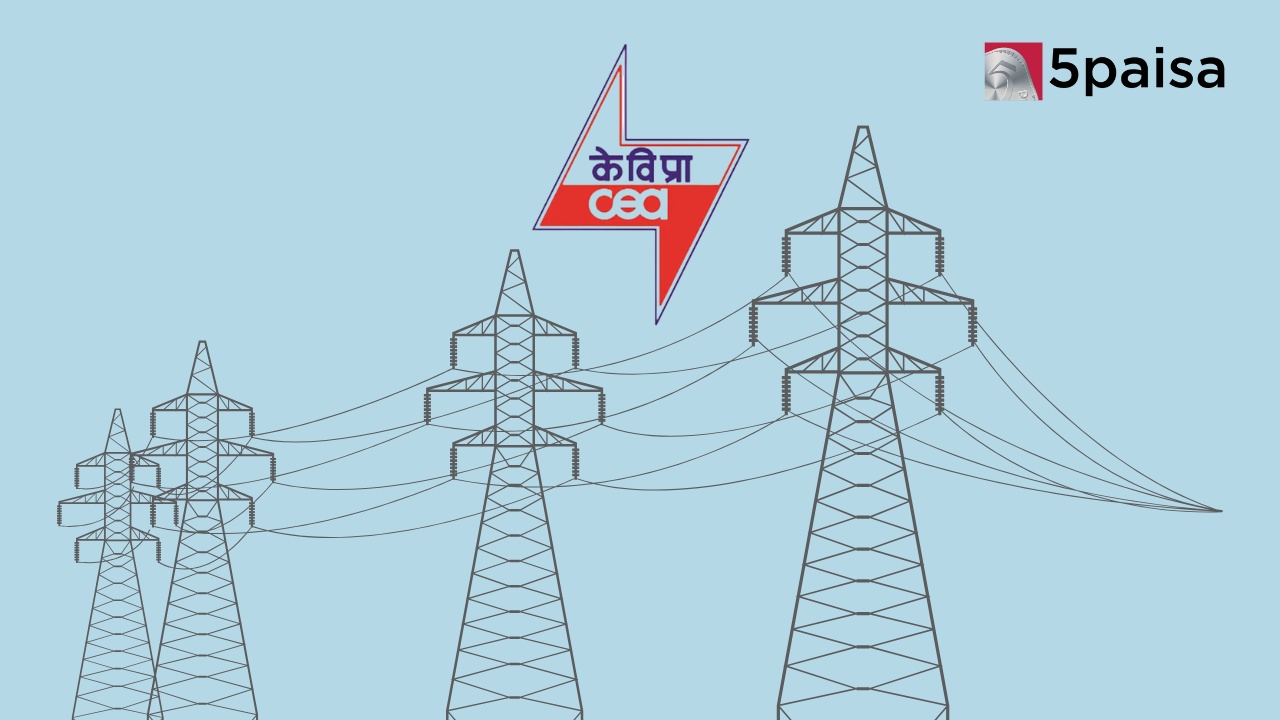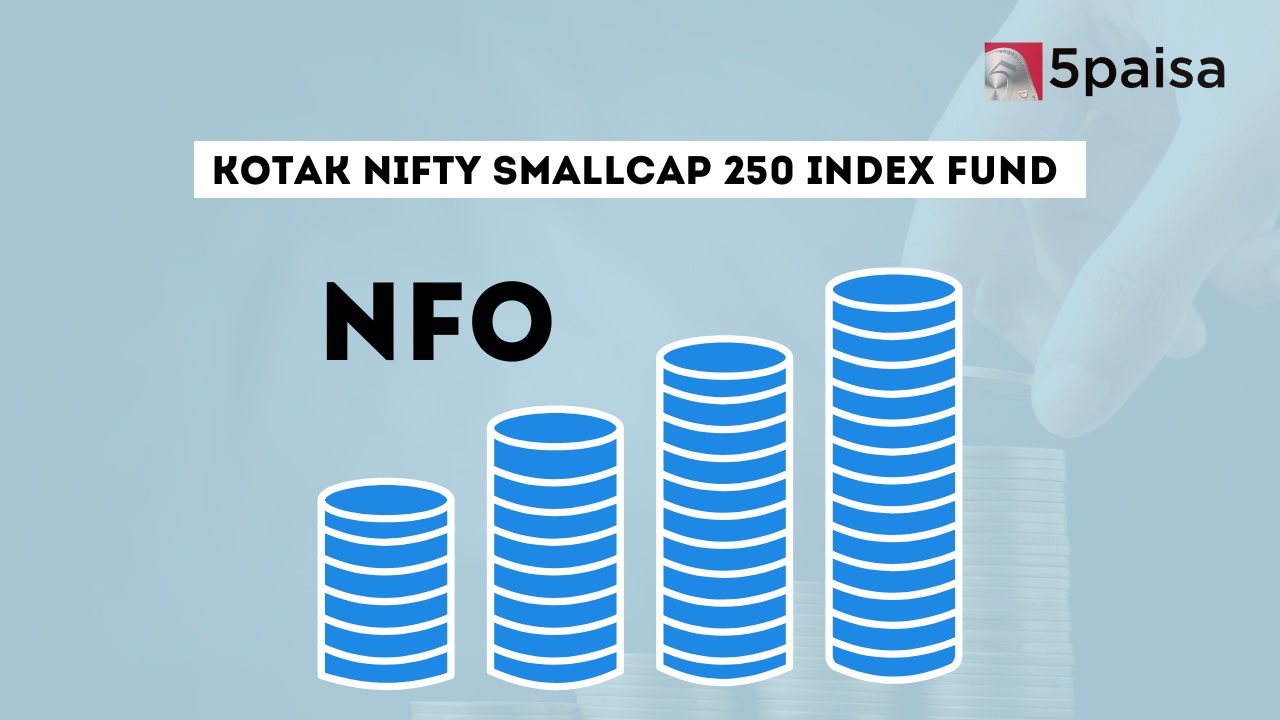CEA Urges States to Leverage Private Capital for $107 Billion Transmission Grid Expansion
What are sovereign green bonds in India all about?

Last Updated: 14th December 2022 - 02:27 pm
Sovereign Green Bonds have got the final nod from the government and that is going to emerge as a key vehicle for raising funds for green and renewable projects that will reduce the overall carbon footprint. The government had spoken about it at length in the Union Budget and later in its second half borrowing program, the RBI had reduced the borrowing program by Rs10,000 crore but included a Rs16,000 crore issue of Sovereign Green Bonds. Being sovereign bonds, they will be issued in the name of the government and it will be part of the overall government debt. It will be for PSU sponsored green projects.
The idea of the green bond concept is that it would use the appeal of green bonds and the attractiveness of a sovereign backing to enable PSU companies to raise funds at fairly lower cost to fund its green projects.
Here are some of the highlights of the sovereign green bonds.
a) The proceeds from the issue of such sovereign green bonds are an integral part of the overall government borrowing plan and that is already factored into the calculations of the RBI to the extent of Rs16,000 crore in FY23.
b) The government will give such funds to PSU and government owned companies to bankroll projects in the field of renewable energy, energy efficiency, clean and green transportation, water and waste management, pollution prevention and green buildings.
c) The issuance of green bonds, intended to raise monies for public sector undertaking (PSU) projects would help in reducing carbon intensity of the economy. It will also enable cheaper raising of fund due to the green stamp.
d) The government will participate in such green projects funded by sovereign green bonds, through investments, granting of subsidies, grant-in-aid, tax foregone in the form of exemptions, sharing of operational expenditures, R&D expenditures subsidies in public sector projects etc.
e) The R&D will be focused on those projects that are instrumental in reducing the carbon intensity of the economy. Equity is permitted only in the case of metro projects under the “Clean Transportation” category. Other projects have to be by way of debt only.
f) To catalyse this project and put it on fast track mode, the Ministry of Finance has constituted a Green Finance Working Committee (GFWC). This committee will include members from relevant ministries and chaired by the Chief Economic Advisor (CEA).
g) The GFWC is supposed to meet at least twice a year in order to support the Ministry of Finance in the careful selection and evaluation of projects as well as in other work related to the Framework. However, the initial evaluation of the project will be the responsibility of the concerned Ministry / Department, after consulting experts.
h) There will be a stringent follow up and monitoring mechanism. For instance, the allocations will be reviewed in a time-bound manner against the set targets by the GFWC.
i) Each year, the GFWC will identify a fresh set of such eligible expenditures in consultation with the relevant Ministries. The amount of eligible green expenditures for which proceeds from green bonds can be utilised will be appropriately intimated to the Reserve Bank of India (RBI).
j) Funds raised by the government via Sovereign Green Bonds will be directly be deposited into the Consolidated Fund of India (CFI). That is the standard Treasury Practice. Appropriate funds from the CFI will be made available for eligible green projects.
Read more: Sovereign Green Bonds Issued To Make India Carbon Free
- Flat ₹20 Brokerage
- Next-gen Trading
- Advance Charting
- Actionable Ideas
Trending on 5paisa
02
 5paisa Research Team
5paisa Research Team
03
 5paisa Research Team
5paisa Research Team
05
 5paisa Research Team
5paisa Research Team
Indian Market Related Articles
Disclaimer: Investment in securities market are subject to market risks, read all the related documents carefully before investing. For detailed disclaimer please Click here.




